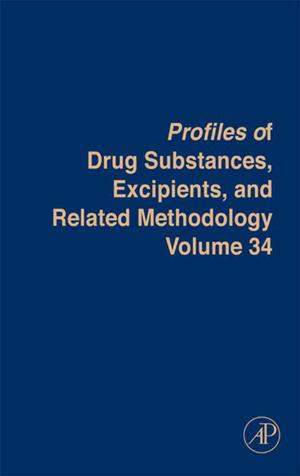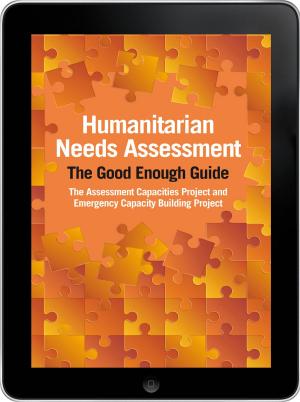Assigning Risk Indicators to Hazard Trees
Nonfiction, Science & Nature, Technology, Agriculture & Animal Husbandry, Science| Author: | James W. Dow | ISBN: | 9781370404292 |
| Publisher: | James W. Dow | Publication: | December 17, 2016 |
| Imprint: | Smashwords Edition | Language: | English |
| Author: | James W. Dow |
| ISBN: | 9781370404292 |
| Publisher: | James W. Dow |
| Publication: | December 17, 2016 |
| Imprint: | Smashwords Edition |
| Language: | English |
A Direct Method for Assigning Quantitative Relative Risk Values to Each Individually Identified/Located Vegetation Clearance Violation Point Associated with Hazard Trees Along/Within an Electric Power Transmission Corridor
Electric utility transmission owners (and others) have invested many years and many dollars figuring out how to correctly identify a hazard tree within and along their rights-of-way. Now, those same folks are busy figuring out how to implement the NERC guidelines - find and locate vegetation clearance violations. What may be the next task might just be to answer the question: “How can we assess and manage the risk (Consequence and Sense of Urgency) associated with the found hazard trees – that is, minimize the remediation cost?” The very first steps would be to adequately a) define the risk and b) figure out how to use that information.
This eBook defines the risk associated the "found" hazard trees and presents a variety of ways to effectively use that information - in the office and in the field.
A Direct Method for Assigning Quantitative Relative Risk Values to Each Individually Identified/Located Vegetation Clearance Violation Point Associated with Hazard Trees Along/Within an Electric Power Transmission Corridor
Electric utility transmission owners (and others) have invested many years and many dollars figuring out how to correctly identify a hazard tree within and along their rights-of-way. Now, those same folks are busy figuring out how to implement the NERC guidelines - find and locate vegetation clearance violations. What may be the next task might just be to answer the question: “How can we assess and manage the risk (Consequence and Sense of Urgency) associated with the found hazard trees – that is, minimize the remediation cost?” The very first steps would be to adequately a) define the risk and b) figure out how to use that information.
This eBook defines the risk associated the "found" hazard trees and presents a variety of ways to effectively use that information - in the office and in the field.















